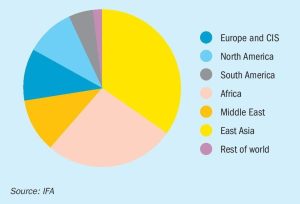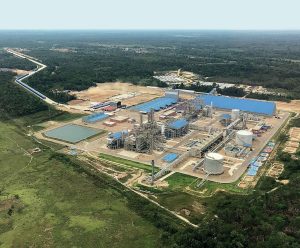
Market Insight
Market Insight courtesy of Argus Media. Urea: While prices mostly fell in mid-August, the main development was the massive purchase of Chinese urea by Indian Potash Limited. IPL confirmed that, out of a total tender settlement of 1.759 million tonnes, one million tonnes will be met by Chinese exporters. This far exceeded expectations and added to the already bearish sentiment of most market players.









